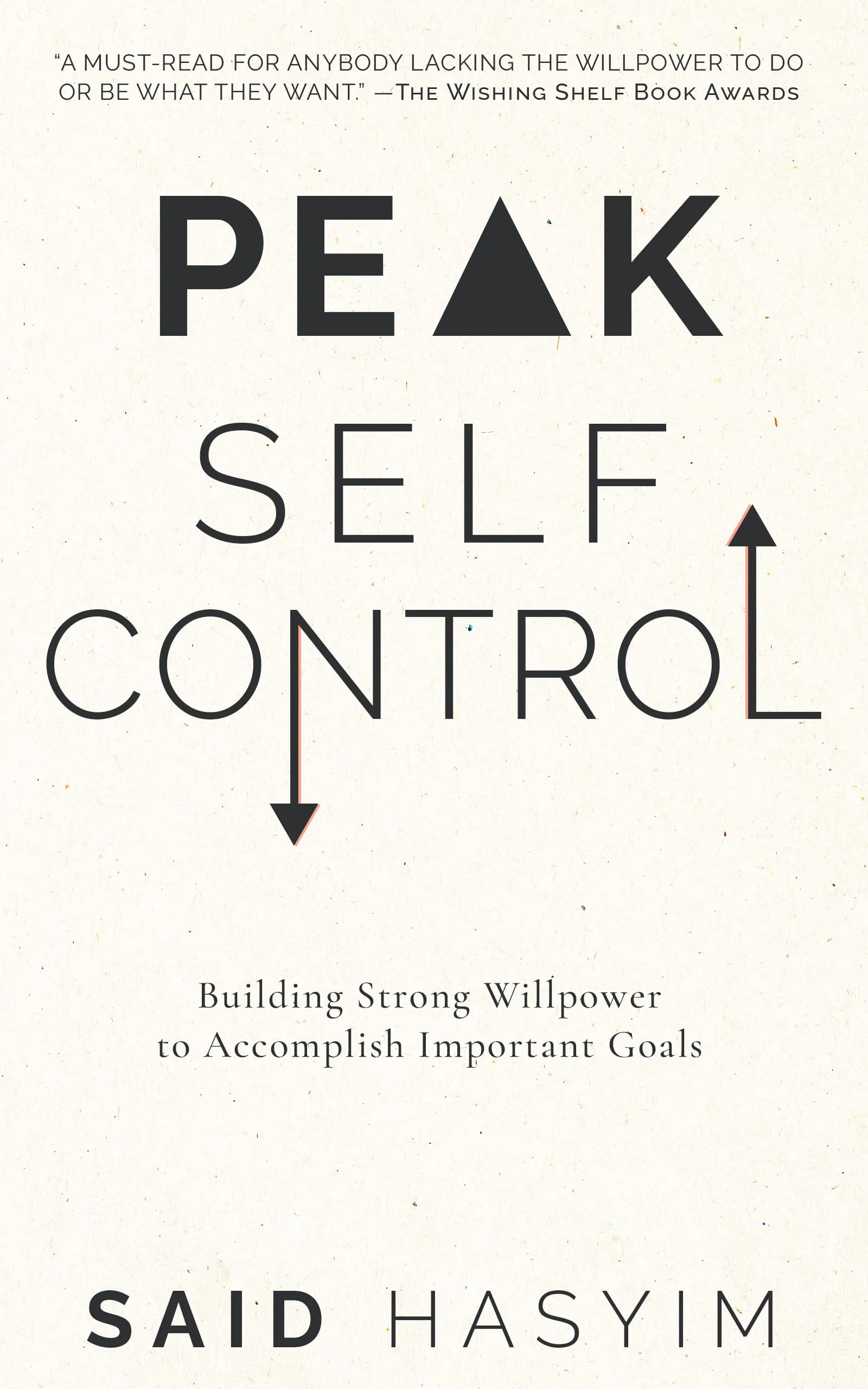How to Create SMART Goals for Better Self-Control
Setting goals is a common practice when striving for personal development, improved self-discipline, or enhanced productivity. However, not all goals are created equal. The SMART criteria provide a framework that turns vague aspirations into specific, actionable plans, empowering individuals to cultivate better self-control. In this blog post, we will delve into the SMART framework and discuss how to implement it effectively for improved self-management.
What are SMART Goals?
The term SMART is an acronym that stands for Specific, Measurable, Achievable, Relevant, and Time-bound. Each component serves as a building block for defining effective goals. Let’s break down each part to understand how they contribute to better self-control.
1. Specific
A specific goal focuses on a particular area or aspect of your life. It answers the questions: Who? What? Where? When? Why? For example, instead of setting a vague goal such as “I want to get fit,” you might say, “I want to run a 5K race in my local community.”
Why Specificity Matters
Being specific clarifies your intentions and reduces ambiguity. It helps you visualize what you want to achieve, making it easier to stay committed. When your goal is well-defined, you are less likely to feel overwhelmed or confused about the next steps.
2. Measurable
Measurable goals include criteria to track progress and success. This could involve quantifying your objectives or setting milestones. For instance, consider a goal such as “I want to save money.” A measurable version would be, “I want to save $500 by the end of the next three months.”
The Importance of Measurements
Having measurable outcomes allows you to assess your progress and stay motivated. When you can see how far you've come, it fosters a sense of accomplishment, reinforcing your commitment and improving your self-control.
3. Achievable
While it's important to aim high, setting goals that are too ambitious can lead to frustration and burnout. Achievable goals are realistic and attainable given your circumstances, resources, and skills. For example, instead of aiming to lose 20 pounds within a month, a more achievable goal could be, “I want to lose 5 pounds by the end of the month.”
Balancing Challenge and Attainability
Setting achievable goals ensures you're challenging yourself without creating unnecessary hurdles. This balance is crucial for maintaining motivation and self-efficacy. When you believe your goals are attainable, you are more likely to follow through.
4. Relevant
Goals should align with your broader life objectives and values. A relevant goal resonates with your interests and contributes to your long-term aspirations. For instance, if your overall goal is to improve mental health, setting a goal to meditate for 10 minutes daily is relevant.
Connecting to Your Purpose
When your goals are relevant, they prompt you to take action. They create a sense of purpose, making it easier to exercise self-control and stay focused on what truly matters to you. Relevant goals integrate seamlessly into your life, enhancing your commitment to achieving them.
5. Time-bound
Time-bound goals have a defined deadline for completion. This establishes a sense of urgency, prompting you to prioritize your objectives. A time-bound goal might look like, “I want to read one book every month for the next six months.”
The Power of Deadlines
Deadlines can be a powerful tool for self-control. They create accountability and encourage you to allocate time effectively. A clear timeframe helps prevent procrastination and compels you to take consistent action toward your goals.
Steps to Create Your SMART Goals
Now that we've discussed the components of SMART goals, here are actionable steps to create your own:
Step 1: Identify Your Area of Focus
Determine what aspect of your life you want to improve. It could be related to health, career, personal growth, relationships, or finances. Reflect on why this area matters to you and how it aligns with your broader objectives.
Step 2: Construct Your SMART Goal
Using the SMART framework, construct a goal that is specific, measurable, achievable, relevant, and time-bound. For example, if you want to enhance your career, a SMART goal could be: “I want to complete a professional certification course in my field by the end of the year, dedicating five hours per week to study.”
Step 3: Break It Down
Divide your goal into smaller, manageable tasks. This can make large objectives feel less daunting and more achievable. For our earlier example, some tasks might include researching certification programs, registering for a course, and creating a study schedule.
Step 4: Create a Plan of Action
Outline a step-by-step plan to achieve your goal, setting deadlines for each task. This not only organizes your approach but also helps maintain momentum and fosters accountability.
Step 5: Monitor and Adjust
Regularly evaluate your progress. Are you on track? Do you need to adjust your approach? Learning to adapt and make changes when necessary is crucial for maintaining self-control and staying aligned with your goals.
Step 6: Celebrate Milestones
Acknowledge your achievements along the way, no matter how small. Celebrating milestones can boost your motivation, reinforcing your self-control and encouraging you to tackle the next challenge.
Conclusion
Creating SMART goals is a powerful tool in enhancing self-control and fostering personal growth. By applying the principles of specificity, measurability, achievability, relevance, and time-boundness, you can transform your objectives into actionable and motivating plans. With commitment and perseverance, you can achieve your aspirations and cultivate a more disciplined and focused life. Start today, and watch your self-control flourish!
Start Mastering Self-Discipline Today
Discover Peak Self-Control, a practical book to mastering self-discipline. Break free from distractions, build healthier habits, and improve your relationships. Gain effective strategies to enhance your willpower and make meaningful life changes, even amidst a busy schedule. Small adjustments can lead to significant improvements in your daily routine.
